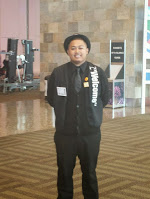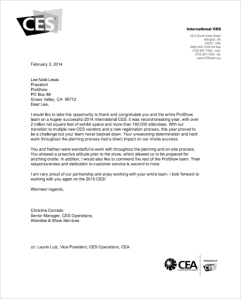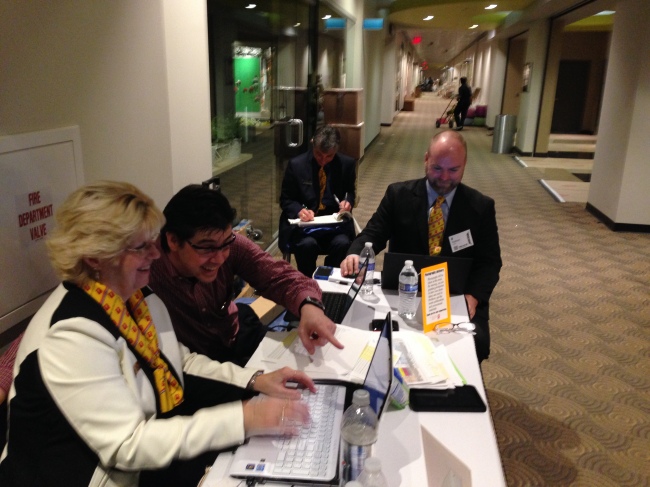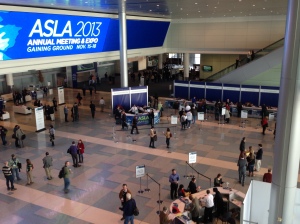Celebrating ProShow’s twenty-five years of history and development brings back many memories but none so fundamental as the lessons learned on our very first convention staffing project, Ben Franklin Stores, 1989, San Francisco.
While we opened our doors with a solid foundation in office staffing, we had much to learn and quickly about the different standards of event staffing, the “show biz” aspects of it: that when the show opens, each staffer has to be in place, in dress code, ready to help the first guest, and that you have only one opportunity to make that great first impression!
Developing the tools and systems to find the best matches in event staffers took a lot of trial and error, but we learned quickly, developing our standards and focusing on the smiley faces that must be the first impression to every guest entering into an event.
Laying the foundation of providing high quality staff matched to our clients’ needs was relatively easy but fulfilling our promise of on time delivery created more of a challenge than anticipated.
On the final night of the Ben Franklin Stores data entry project, it appeared our staff was overwhelmed by the rush of last minute orders that had to be entered online by the deadline. We owners and our families relaxed at home for the evening, and when the distress call came in, we pulled ourselves together and converged on the Moscone Center, fingers ready to jump onto the last of the data entry to meet the deadline. We made it!
A telling moment of truth: to exceed our clients’ expectations, we had to rise to the occasion and do whatever needed to be done in the moment. We have carried these lessons with us on every project.
Building trust with our clients is a process not unlike any relationship; promises are promises, but the “truth” is in our performance.
Trust is established by some basics we established early: working collaboratively with our clients and within our internal work teams. We plan with our clients, getting a full understanding of the event above and beyond the staffing element so we can see how our piece fits into the whole. We build our support team to meet each client’s needs, and our teams work repeatedly with our clients, year to year to establish continuity and deepen trust.
We close each project with a wrap up so we can learn what worked and didn’t work from our client’s perspective. Then, we take these lessons forward to build on the next year and the next project.
Looking back, it seems easy now, but after twenty-five years of diligent implementation, our way of working sustains us and fills us with the joy of each accomplishment.
Looking back, it seems easy now, but after twenty-five years of diligent implementation, our way of working sustains us and fills us with the joy of each accomplishment.








